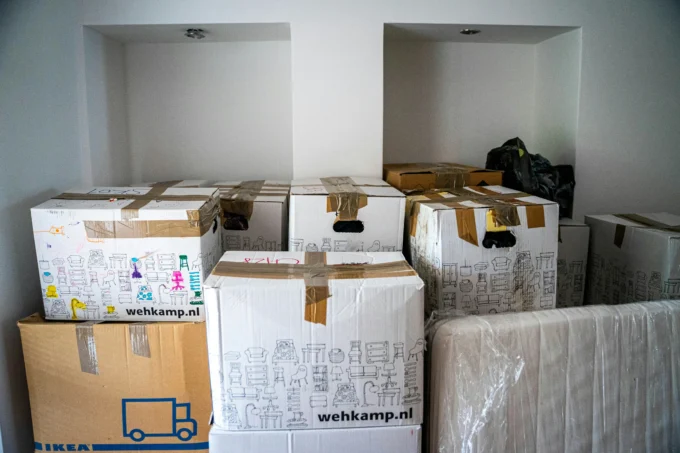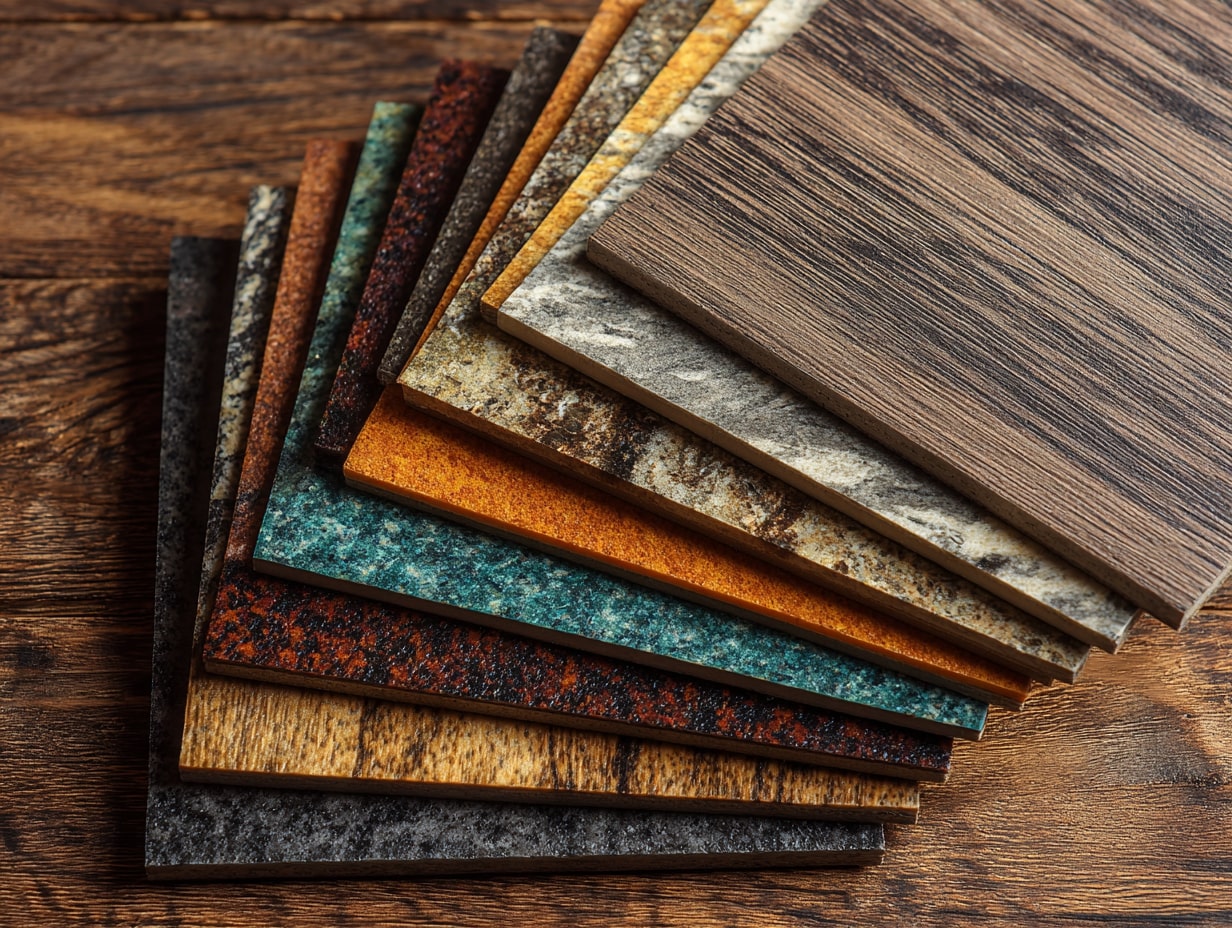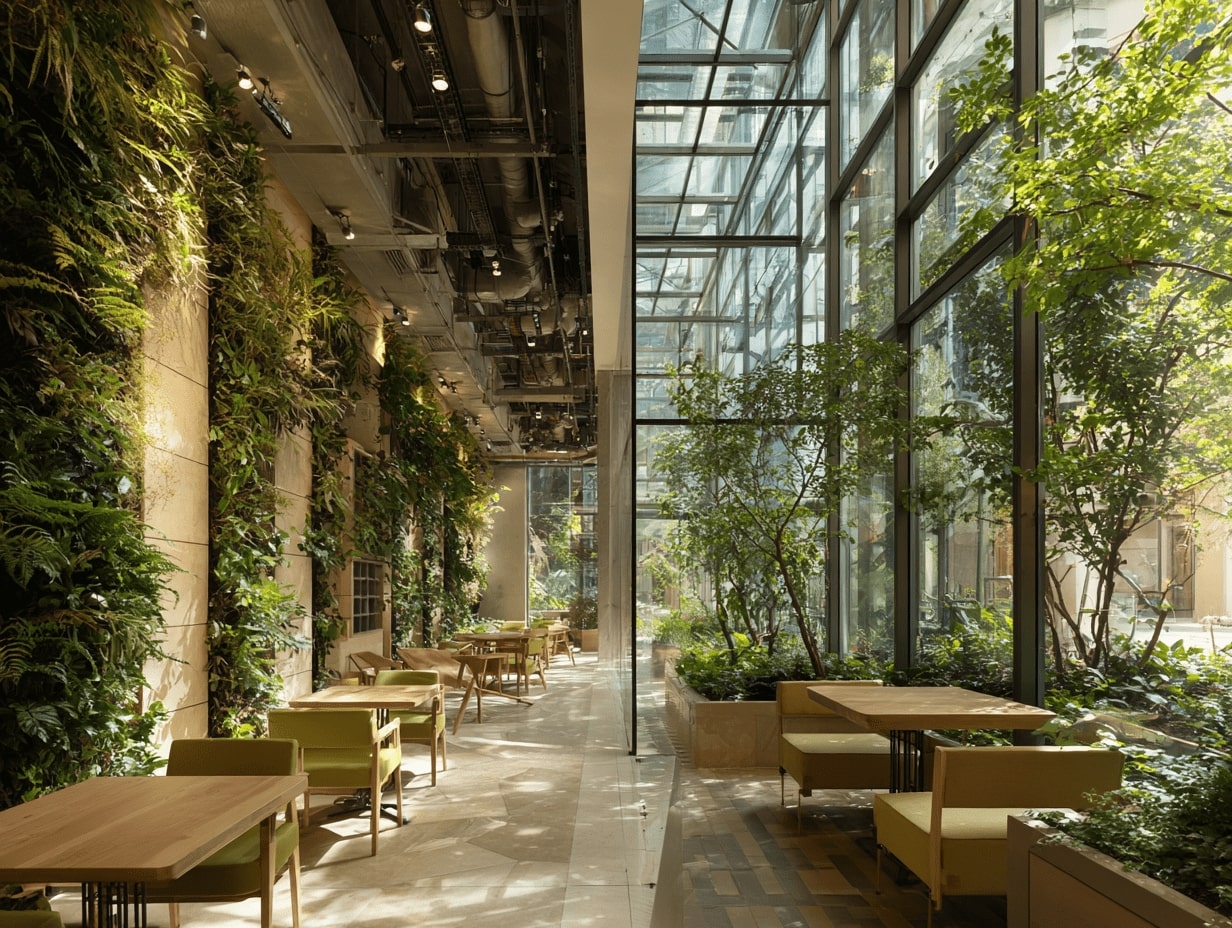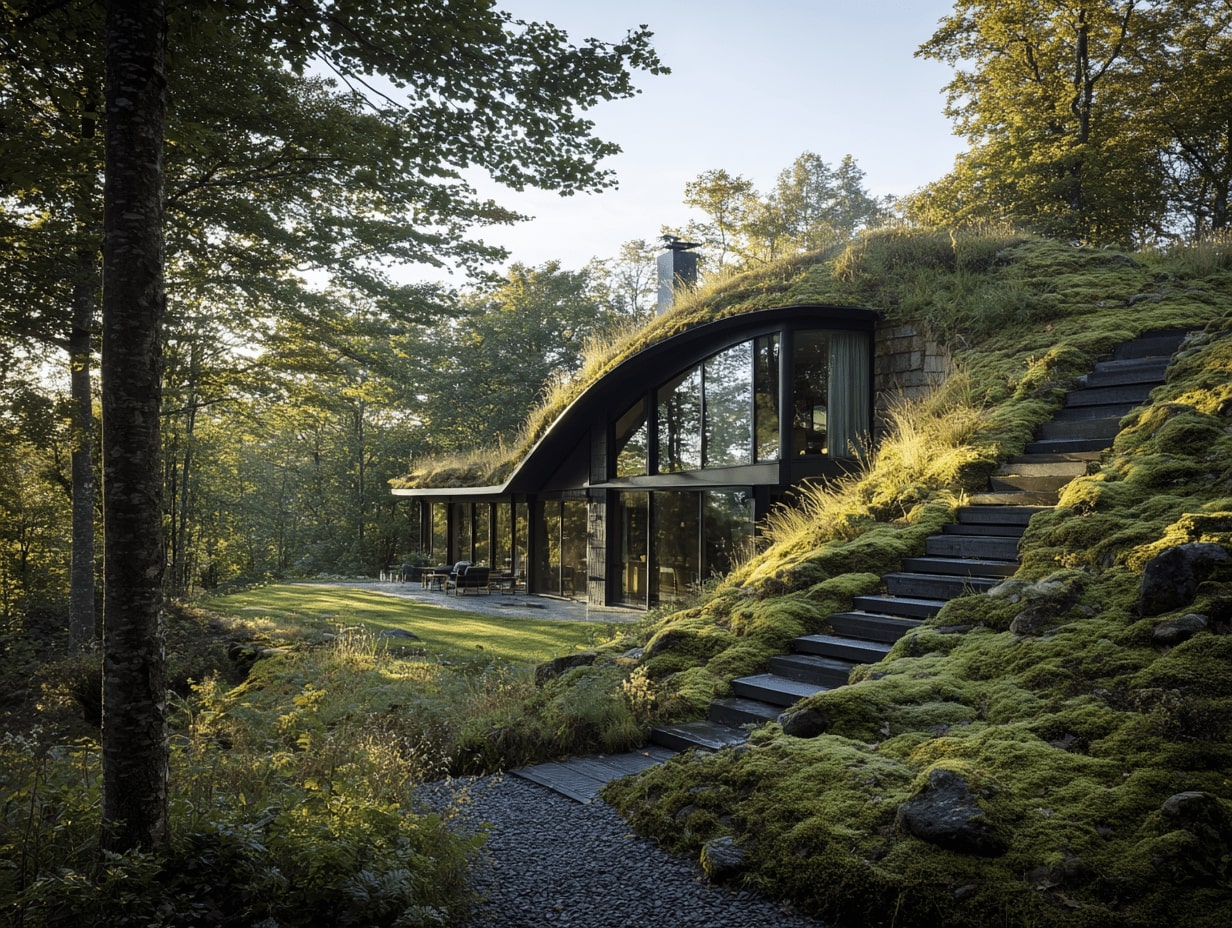- Home
- Articles
- Architectural Portfolio
- Architectral Presentation
- Inspirational Stories
- Architecture News
- Visualization
- BIM Industry
- Facade Design
- Parametric Design
- Career
- Landscape Architecture
- Construction
- Artificial Intelligence
- Sketching
- Design Softwares
- Diagrams
- Writing
- Architectural Tips
- Sustainability
- Courses
- Concept
- Technology
- History & Heritage
- Future of Architecture
- Guides & How-To
- Art & Culture
- Projects
- Interior Design
- Competitions
- Jobs
- Store
- Tools
- More
- Home
- Articles
- Architectural Portfolio
- Architectral Presentation
- Inspirational Stories
- Architecture News
- Visualization
- BIM Industry
- Facade Design
- Parametric Design
- Career
- Landscape Architecture
- Construction
- Artificial Intelligence
- Sketching
- Design Softwares
- Diagrams
- Writing
- Architectural Tips
- Sustainability
- Courses
- Concept
- Technology
- History & Heritage
- Future of Architecture
- Guides & How-To
- Art & Culture
- Projects
- Interior Design
- Competitions
- Jobs
- Store
- Tools
- More
Exploring the Role of Sustainability in Residential Design for a Greener Future
Discover the vital role of sustainability in residential design, enhancing both environmental health and quality of life. This article explores energy efficiency, eco-friendly materials, and innovative technologies that create healthier homes. Learn about water conservation strategies, the economic benefits of energy-efficient living, and the future of sustainable design.

As we navigate an era increasingly defined by environmental consciousness, the role of sustainability in residential design has never been more crucial. Homeowners and designers alike are recognizing that our living spaces can significantly impact the planet. By embracing sustainable practices, we can create homes that not only meet our needs but also contribute to a healthier environment.
Incorporating sustainable elements into residential design goes beyond mere aesthetics; it’s about enhancing energy efficiency, reducing waste, and fostering a connection with nature. From selecting eco-friendly materials to optimizing energy use, every choice we make can lead to a more sustainable future. Join us as we explore how integrating sustainability into our homes can transform our lifestyles and the world around us.

Table of Contents
ToggleOverview of Sustainability in Residential Design
Sustainability in residential design entails integrating eco-friendly practices and materials into the planning and construction of homes. We focus on several key principles that drive sustainable design, impacting both the environment and occupants’ well-being.

- Energy Efficiency
Energy efficiency remains a cornerstone of sustainable design. We utilize advanced insulation methods, energy-efficient windows, and high-efficiency appliances to optimize energy consumption. To enhance this, solar panels provide renewable energy sources, reducing reliance on fossil fuels.
- Water Conservation
Water conservation strategies include installing low-flow fixtures and rainwater harvesting systems. These techniques minimize water waste and help maintain local water supplies, ensuring sustainability throughout the home’s lifecycle.
- Eco-Friendly Materials
We prioritize eco-friendly materials, such as recycled and reclaimed products, which reduce waste and lower carbon footprints. Sustainable materials like bamboo, reclaimed wood, and low-VOC paints contribute to healthier indoor environments.
- Waste Reduction
Waste reduction practices during construction involve careful planning and efficient use of resources. By recycling construction materials and minimizing excess, we create homes with less environmental impact.
- Connection to Nature
Sustainable residential design often emphasizes a connection to nature. Incorporating green spaces, natural light, and indoor plants enhances the well-being of occupants while preserving ecological balances.
- Smart Technology Integration
Smart technology plays a critical role in monitoring and optimizing energy use in homes. Automated systems allow for real-time energy management, further promoting sustainability goals.
By embracing these principles, we create residential designs that not only enhance the quality of life but also contribute positively to the planet. Sustainable practices represent a transformative approach to living spaces, aligning human needs with ecological stewardship.
Key Principles of Sustainable Design
Sustainable design hinges on several core principles that enhance both environmental responsibility and livability. We focus on energy efficiency, water conservation, and the use of sustainable materials to create homes that support a healthier planet.

Energy Efficiency
Energy efficiency lies at the heart of sustainable design. We minimize energy consumption by incorporating advanced insulation techniques and utilizing renewable energy sources like solar panels. Proper ventilation and strategic window placement optimize natural light, reducing reliance on artificial lighting. Energy-efficient appliances, rated by Energy Star or similar certifications, ensure lower utilities while maintaining performance. By prioritizing sustainability, we significantly decrease operational costs and lower greenhouse gas emissions.
Water Conservation
Water conservation is crucial in sustainable residential design. We implement low-flow fixtures and appliances to reduce water usage without sacrificing performance. Rainwater harvesting systems capture and recycle rainwater for irrigation and non-potable uses, conserving potable water. Xeriscaping utilizes drought-resistant plants that require minimal irrigation, enhancing landscape sustainability. By adopting these strategies, we promote efficient water use and protect precious water resources.
Sustainable Materials
Using sustainable materials greatly reduces the environmental impact of residential design. We select products with recycled content, such as reclaimed wood, recycled metal, and eco-friendly insulation, to minimize waste. Low-VOC paints and finishes improve indoor air quality while reducing harmful emissions. Utilizing locally sourced materials lowers transportation emissions and supports regional economies. By emphasizing sustainable materials, we create healthier living spaces and significantly lower our carbon footprint.
Benefits of Sustainable Residential Design
Sustainable residential design offers numerous advantages that enhance both individual living spaces and the broader environment. Below, we explore three key areas of benefit: environmental impact, economic advantages, and health and well-being.

Environmental Impact
Sustainable design significantly reduces the overall environmental footprint of residential buildings. It emphasizes energy-efficient features, such as advanced insulation and renewable energy integration, which lower greenhouse gas emissions. Implementing features like photovoltaic solar panels and geothermal heating systems further diminishes reliance on fossil fuels. Water conservation measures, including low-flow fixtures and rainwater harvesting, contribute to minimized water wastage, protecting vital natural resources. Additionally, the selection of sustainable materials, like recycled products and certified sustainably sourced timber, supports forest conservation and minimizes landfill contributions.
Economic Advantages
Sustainable residential design leads to notable economic gains for homeowners. Energy-efficient homes result in lower utility bills, with some energy-efficient systems projecting reductions of up to 30% in energy costs. Improved insulation and smart technology promote real-time energy consumption monitoring, maximizing savings. Furthermore, eco-friendly designs often enhance property value; homes built with sustainable practices attract environmentally conscious buyers, leading to higher sale prices. Financial incentives, such as tax credits and rebates for renewable energy installations, provide additional motivation for homeowners to invest in sustainability.
Health and Well-being
Sustainable residential design fosters healthier living environments, promoting overall well-being. Using low-VOC (volatile organic compounds) paints and sustainable materials enhances indoor air quality, which reduces exposure to harmful chemicals. Well-designed spaces that prioritize natural light and airflow improve occupants’ mental health and productivity. Incorporating green spaces, like gardens or living roofs, encourages outdoor interaction and nurtures a connection with nature, which has been shown to lower stress levels. Overall, these design principles not only enhance comfort but also support physical and mental health, encouraging a better quality of life for residents.
Challenges in Implementing Sustainability
Implementing sustainability in residential design faces various challenges. We encounter cost factors and regulatory barriers that can complicate the development of eco-friendly homes.
Cost Factors
Cost factors significantly influence the adoption of sustainable design practices. We find that upfront investments for sustainable materials, energy-efficient technologies, and renewable systems often exceed traditional construction expenses. For instance, solar panel installation may require a substantial initial outlay, even though it leads to long-term savings on energy bills. Moreover, homeowners may hesitate to invest in high-quality insulation or energy-efficient appliances due to perceived prohibitive costs.
According to a 2021 study by the National Association of Home Builders, the average premium for energy-efficient homes can range from $1,000 to $5,000. While these investments yield savings over time, they may deter some buyers initially. We must consider that financing options, government incentives, and rebates could mitigate these challenges, making sustainable choices more accessible.
Regulatory Barriers
Regulatory barriers can stifle the integration of sustainable practices in residential design. Local zoning laws, building codes, and permitting processes may not support innovative sustainable solutions, such as rainwater harvesting systems or green roofs. We often navigate complex regulations that require extensive documentation, potentially delaying projects and incurring additional costs.
Certain municipalities may lack clear guidelines for sustainable constructions, leading to uncertainty for builders and homeowners. For example, codes might not differentiate between conventional and sustainable materials, forcing us to comply with outdated standards that do not align with modern sustainability principles. To address these barriers, we advocate for collaboration between policymakers and the industry to streamline regulations and encourage sustainable residential development.
Future Trends in Sustainable Residential Design
We observe significant innovations shaping the future of sustainable residential design. These advancements enhance energy efficiency, foster community engagement, and create healthier living environments.

Innovations in Technology
We see technology playing a pivotal role in sustainable residential design. Smart home systems optimize energy use by managing lighting, heating, and cooling based on real-time occupancy data. Energy storage solutions, such as advanced batteries, enable homeowners to store excess solar power for peak usage times, reducing grid reliance. Green building technologies utilize improved insulation materials and sustainable construction methods, lowering overall energy consumption significantly. Furthermore, construction techniques like 3D printing reduce waste and expedite building processes while minimizing the environmental impact. The integration of augmented reality in design allows architects and homeowners to visualize energy-efficient layouts, promoting informed choices in residential planning.
Community Involvement
We recognize that community involvement significantly enhances sustainable residential design. Collaborative projects foster shared goals for ecological living, bringing together local stakeholders in planning and development. Community gardens promote local food production, creating green spaces while reducing transportation emissions. Educational initiatives empower residents with knowledge about sustainable practices and their benefits, driving demand for eco-friendly solutions. Partnerships among local governments, developers, and homeowners facilitate the adoption of sustainable policies. By engaging the community in decision-making, we cultivate a sense of ownership and commitment to sustainable living, leading to resilient neighborhoods and environmentally responsible choices.
Conclusion
Sustainability in residential design plays a vital role in combating environmental challenges and enhancing the quality of living. We recognize the importance of integrating energy-efficient features, eco-friendly materials, and innovative technologies into our homes. Sustainable design not only contributes to a healthier planet but also enriches our lives through improved indoor air quality and lower utility costs.
The principles of sustainable design, such as strategic insulation, renewable energy integration, and water conservation, underscore our commitment to responsible living. By choosing recycled materials and implementing smart technology, we can significantly reduce our carbon footprints while fostering a deeper connection with nature.
As we navigate the challenges of implementing sustainable practices, including cost considerations and regulatory hurdles, collaboration among industry professionals and policymakers becomes essential. Streamlining regulations fosters an environment where sustainable residential development thrives.
Looking ahead, embracing future trends in sustainable design ensures we remain at the forefront of innovation. Technology’s role in optimizing energy use, coupled with community involvement, empowers us to create resilient, eco-friendly neighborhoods. Together, we transform residential spaces into sustainable sanctuaries that benefit both ourselves and the environment.
- biophilic residential design.
- eco-conscious architecture
- eco-friendly architecture firms
- eco-friendly building materials
- Eco-Friendly Construction
- energy-efficient residential designs
- environmentally conscious design
- green architecture trends
- green home renovation
- green residential projects
- low carbon footprint homes
- net-zero homes
- renewable energy homes
- sustainable design consultancy
- sustainable design practices
- sustainable home improvement
- sustainable interior design
- sustainable landscape architecture
- Sustainable Urban Living
Submit your architectural projects
Follow these steps for submission your project. Submission FormLatest Posts
Eco-Friendly Floor Coverings: Smart Choices for a Greener Home
Eco-friendly floor coverings made simple: discover sustainable materials, trusted certifications, and room-by-room...
What are Biodomes?
Biodomes are transforming architecture by blending ecological science with advanced design to...
The Quiet Revolution of Biophilic Design
Biophilic design is reshaping homes, workplaces, and cities—backed by evidence. Learn core...
Sustainable Solutions in Contemporary Architecture: From Passive Design to Clean Energy
Sustainable solutions in contemporary architecture: a practical playbook to hit net-zero, cut...












Leave a comment